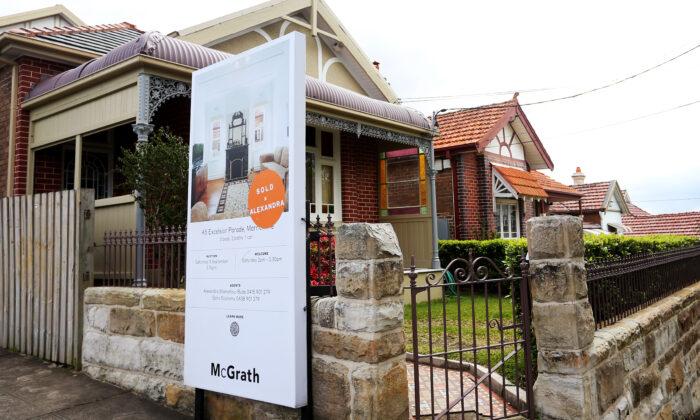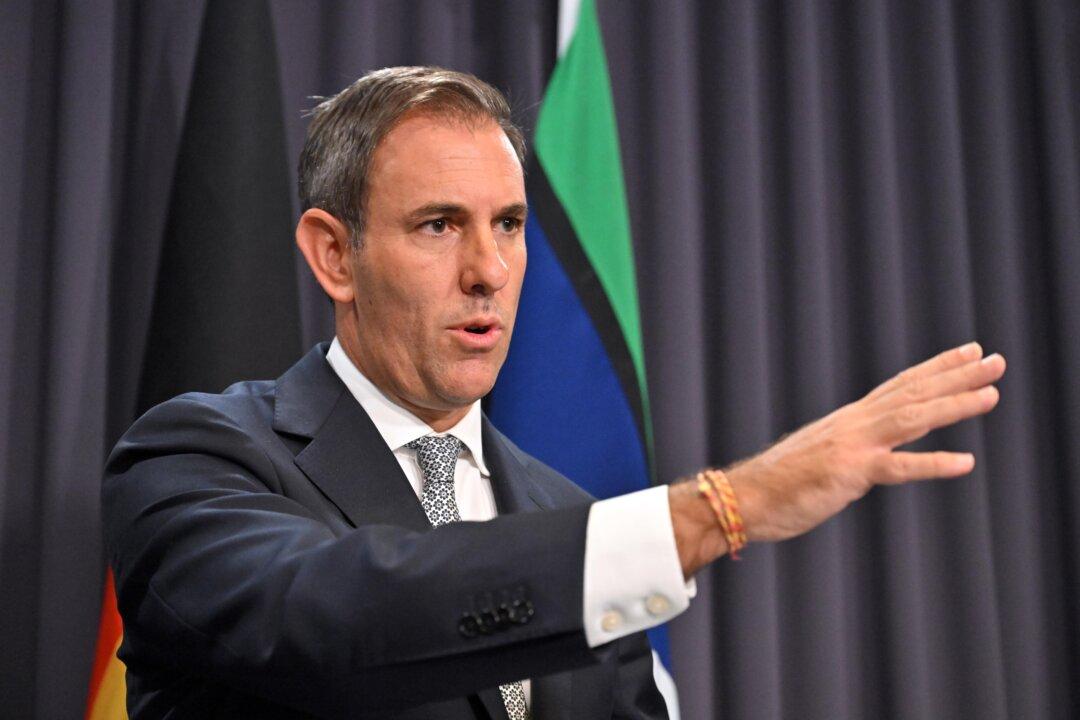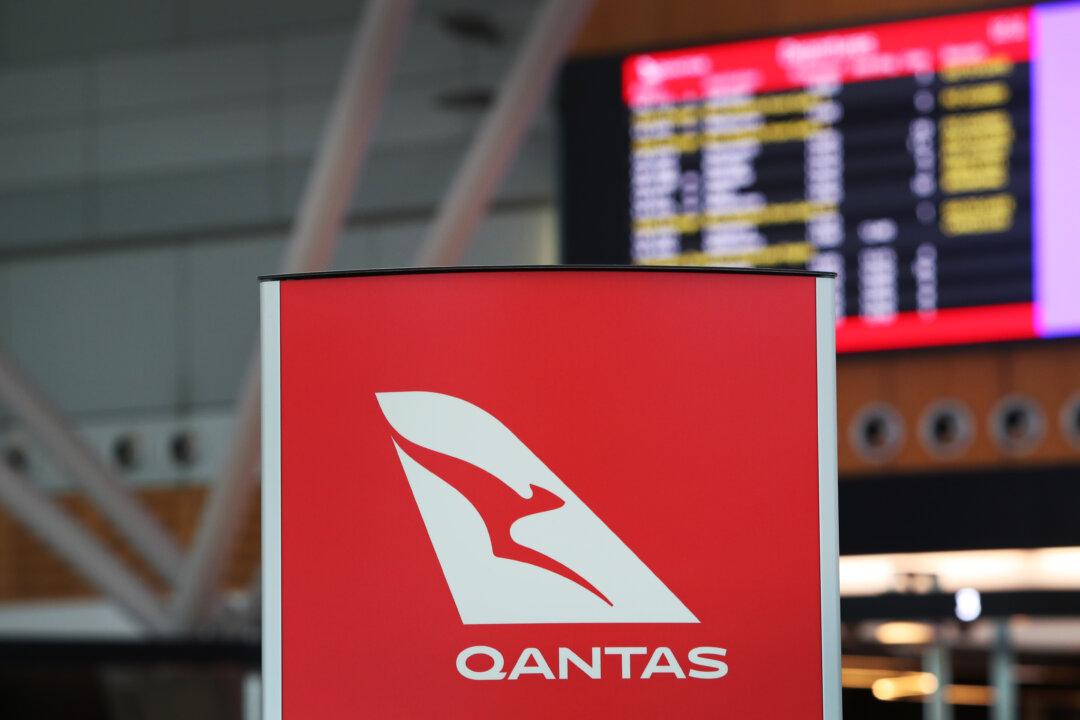New housing modelling has painted a bleak outlook for Australia’s aspiring homeowners in the coming years as interest rate hikes and a surge in population growth are exacerbating housing shortages across the country.
This comes as the NHFIC predicted that over 1.8 million new households would be formed in Australia in the next decade.
However, the supply side is expected to take a big hit in the next few years and will not be able to meet the rising demand for accommodations.
Specifically, the modelling forecasted that new housing construction would drop from 148,500 in 2022-2023 to 127,500 in 2024-2025 before recovering in the following financial year.
There will also be a shortage of apartments and multi-density homes for rent over the medium term.
The NHFIC expected that only 57,000 such dwellings would be added to the market annually over the five years to 2026-27, which is around 40 percent less than the levels seen in the late 2010s.
Meanwhile, housing is already a problem for a significant number of Australians.
The Underlying Reasons for the Housing Shortages
The NHFIC’s report cited a sharp increase in interest rates, decade-high construction costs, and a surge in population growth as the main factors impacting the housing supply in Australia.Since May 2022, the Reserve Bank of Australia has embarked on an aggressive monetary tightening policy, taking the official cash rate from the historic low of 0.1 percent to 3.6 percent.
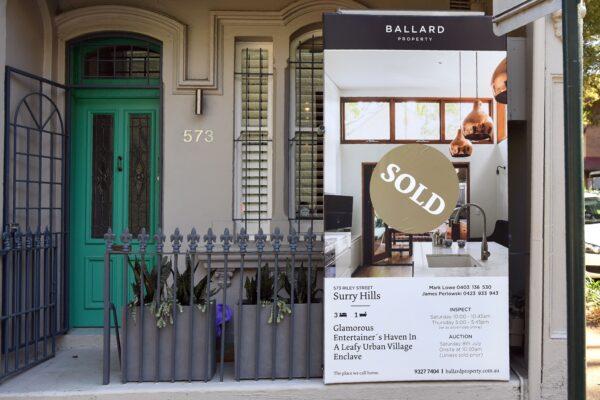
As interest rates go up significantly, it has become harder and more expensive for developers to secure funding and kick-start new projects.
Interest rate hikes also affect developers’ ability to make a profit and thus reduce their confidence in expanding building activities.
Meanwhile, developers saw the cost of building materials rise by 14 percent throughout 2022.
While cost pressures have started to ease for some building materials due to supply chain improvements by the start of 2023, construction costs still exceed quantity surveyor estimates by 10-15 percent in many cases.
Meanwhile, Australia’s population has also seen a bump after the rapid return of overseas migration has led to a surge in housing demand.
Pointing to data from the Australian Bureau of Statistics, the NHFIC said net overseas migration increased by around 304,000 over the year to September 2022 and that the figure for 2022–2023 was likely to be higher than previous estimations.
Response from the Government and Related Parties
Following the release of NHFIC modelling, federal Housing Minister Julie Collins said that the proposed Housing Australia Future Fund was needed to improve the housing outcomes in the country.The $10 billion (US$6.78 billion) fund is part of the federal government’s strategy to tackle the housing crisis and is expected to finance the construction of 30,000 social and affordable rental homes over five years.
“The findings highlight the need to pass legislation currently before the parliament to establish the $10 billion Housing Australia Future Fund.”
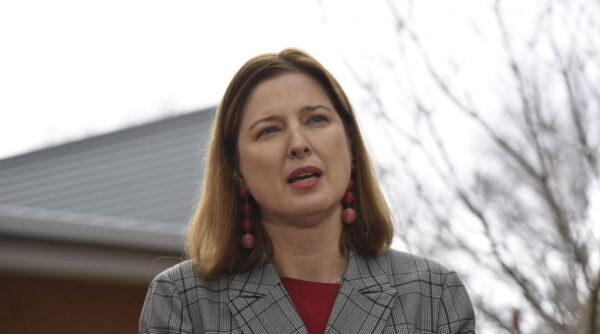
Independent Senator David Pocock, who is negotiating with the government, said the report indicated the need for a more significant commitment than what was outlined in the housing fund bill.
“The government has been given the gift of a Senate looking to make positive change for our communities,” he said.
“We’ve worked our way through to agreements on everything from climate to industrial relations-I really want to see us do the same on housing.”
Meanwhile, housing and homelessness advocacy groups called on politicians to work together to pass a “package of laws,” which includes the housing fund, to deal with the housing crisis in Australia.
National Shelter head Emma Greenhalgh said greater public investment and intervention were needed as the private rental market could not deliver affordable homes.
“We are seeing people queuing around blocks for inspections and paying through the nose for the most basic accommodation.”
Housing Industry Association chief economist Tim Reardon said the report showed that the government was unlikely to achieve its goal of erecting a million homes over five years.
He noted that there needed to be a rise in the number of apartments commencing construction to meet the increasing demand for new homes.
“Every state and territory need to take action to attract more investment in the housing sector to improve the supply of new homes.”
